If you’ve recently had a hair transplant and noticed your newly transplanted hair falling out, don’t panic. This shedding phase is completely normal and expected after surgery. It’s not a sign that your procedure has failed, but rather part of the natural healing process. Understanding what happens during this phase can help ease concerns and set realistic expectations for your hair restoration journey.
- Dr Suhail Alam
- Reading Time: 10 Mins
Key Takeaways
- Shedding after a hair transplant is normal and expected, typically starting 2-4 weeks post-procedure.
- New hair growth begins around 3-4 months, with significant results visible by 9-12 months.
- Proper aftercare during the shedding phase is essential for optimal long-term results.
Table of Contents
The Hair Transplant Shedding Phase
The shedding phase, sometimes called “shock loss,” is a period when the transplanted hair follicles temporarily release their hair shafts. This typically begins around 2-4 weeks after your hair transplant procedure. During this time, you’ll notice the short hairs that were transplanted starting to fall out.
This process can be concerning if you’re not expecting it. Many patients worry their transplant hasn’t worked when they see hair falling out. However, this shedding is actually a positive sign that the follicles are transitioning into their next growth phase.
The shedding phase affects both the transplanted hairs and sometimes the surrounding native hairs as well. According to a 2018 study published in Annals of Dermatology, this localised telogen effluvium shows increased numbers of telogen-phase hair follicles without significant inflammation.
What you’ll typically observe is gradual thinning in the transplanted area, sometimes accompanied by minor itching or flaking. This differs significantly from surgical complications, which would involve pain, excessive swelling, discharge, or infection symptoms.
Why Hair Shedding Happens After Transplant
Hair naturally cycles through three main phases: anagen (growth), catagen (transition), and telogen (resting). The transplantation process triggers a reset of this cycle, pushing follicles into the telogen phase.

Research published in the Journal of Cutaneous and Aesthetic Surgery suggests this process results from compromised blood supply and trauma, leading to what’s technically called anagen effluvium.
Native hairs surrounding the transplant area may also shed due to the trauma of nearby incisions and local anaesthetic. This is known as “shock loss” and is typically temporary.
When to Expect Shedding and New Growth
Most patients experience a predictable timeline for shedding and regrowth:
| Timeline | What to Expect |
|---|---|
| 1-2 weeks post-surgery | Transplanted hairs remain in place |
| 2-4 weeks | Shedding begins |
| 1-3 months | Main shedding phase, most transplanted hairs fall out |
| 3-4 months | New hair begins to emerge from follicles |
| 6 months | Noticeable new growth, increasing density |
| 9 months | "Satisfactory" appearance with good density |
| 12-18 months | Final results with mature, thick hair growth |
According to a 2022 review in Clinical Dermatology, buried follicles begin regrowth around month 4, with appreciable growth visible by 6 months. However, density continues building, with most patients seeing satisfactory results around 9 months.
It’s worth noting that individual recovery timelines can vary based on factors like:
- Your age
- Overall health
- The extent of the transplant
- Following proper aftercare instructions
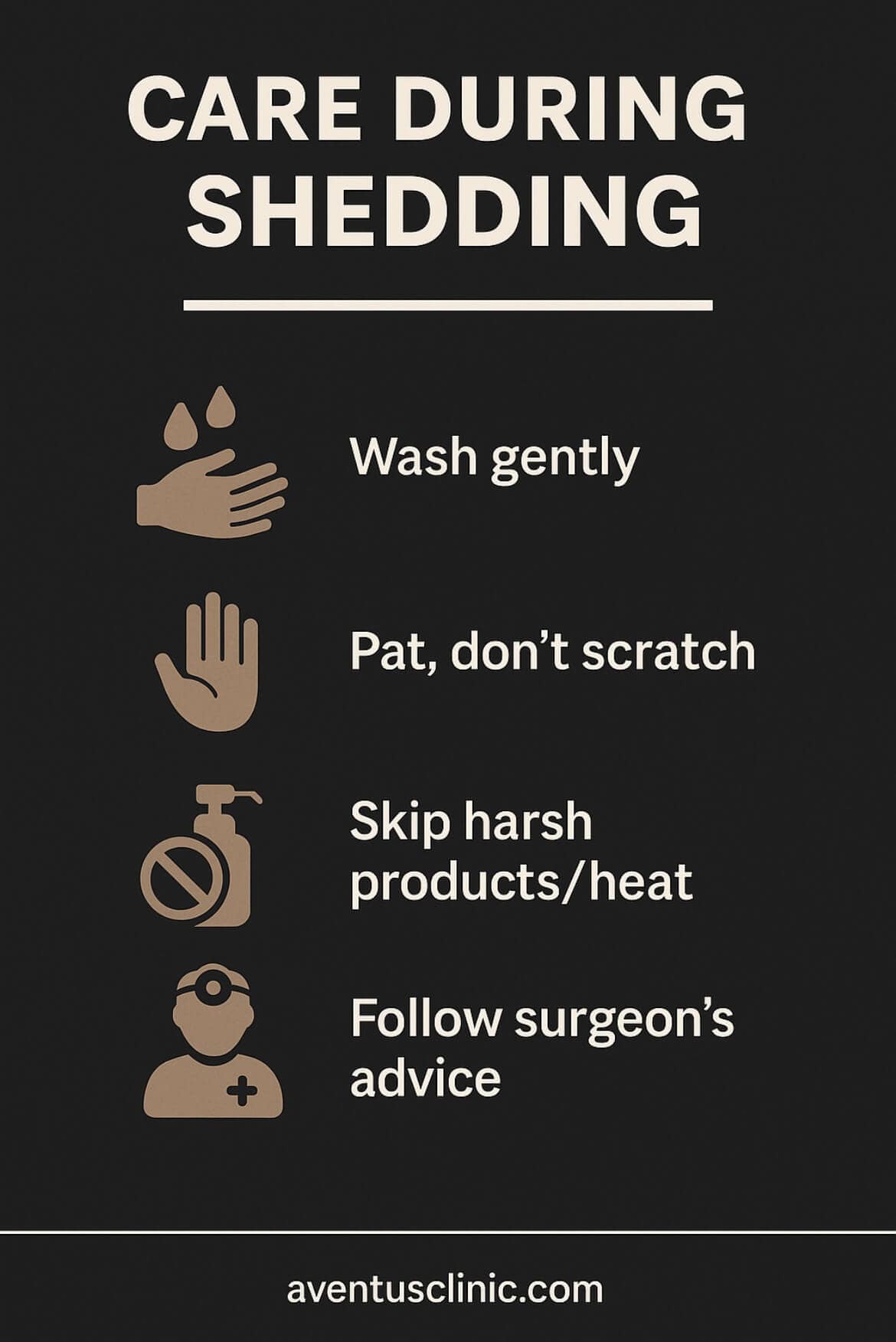
If you notice excessive bleeding, severe pain, signs of infection, or unusually extensive shedding, contact our clinic immediately for assessment.
What Happens After Shedding Ends
Once the shedding phase ends, you’ll gradually notice new hairs emerging from the transplanted follicles. These initial hairs are often fine and lighter in colour.
Over time, these hairs will become thicker and darker as they mature. The new growth may initially appear somewhat sparse or patchy as different follicles grow at varying rates.
Unlike the originally transplanted hairs (which were mature hairs cut short for the procedure), these new hairs are starting their growth cycle from the beginning. This means they’ll develop naturally over time.
By 6 months, you should see noticeable improvement, though the hair will continue to thicken over the following months. Our FUE hair transplant procedures are designed to create natural-looking results that continue to improve over time.
Patience during this phase is essential. Some patients become concerned if their growth seems slower than expected, but variation in regrowth timelines is normal. The final pattern and density of your restored hair will become apparent between 12-18 months post-procedure.
Conclusion
The shedding phase after a hair transplant is a normal, temporary stage on your journey to restored hair. By understanding what to expect and following proper aftercare, you can navigate this period with confidence.
If you’re considering a hair transplant or have questions about the recovery process, our expert team is here to help. Book your free consultation today and take the first step toward regaining your confidence with a fuller head of hair.
Is shedding normal after a hair transplant?
Yes, shedding is completely normal and expected after a hair transplant. Nearly all patients experience this phase, typically starting 2-4 weeks after surgery. This is part of the natural healing process as transplanted follicles reset their growth cycle before producing new, permanent hair.
How long does the shedding phase last?
The shedding phase typically lasts 2-10 weeks, with most transplanted hairs falling out during this period. Individual experiences vary, but most patients will see the majority of shedding occur between weeks 3-6 after surgery. This temporary phase is followed by a dormant period before new growth begins.
Will all transplanted hair fall out?
Most transplanted hair will shed, but rarely do 100% of transplanted follicles shed simultaneously. Research shows approximately 90-95% of transplanted hairs typically fall out during the shedding phase. This is normal and doesn’t indicate graft failure; the follicles remain viable beneath the scalp surface.
When will I see new growth?
New growth typically begins around 3-4 months after your hair transplant. You’ll first notice fine, wispy hairs emerging from the transplanted follicles. By 6 months, growth becomes more noticeable, with significant improvement in density by 9-12 months. Final results are usually visible by 12-18 months.
What should I do if I’m worried about excessive shedding?
If you’re concerned about excessive shedding, first remember that significant shedding is normal. However, if shedding begins very early (within days of surgery), is accompanied by unusual symptoms like severe pain or discharge, or if you’re simply unsure, contact our clinic. We can assess your situation and provide personalised advice.



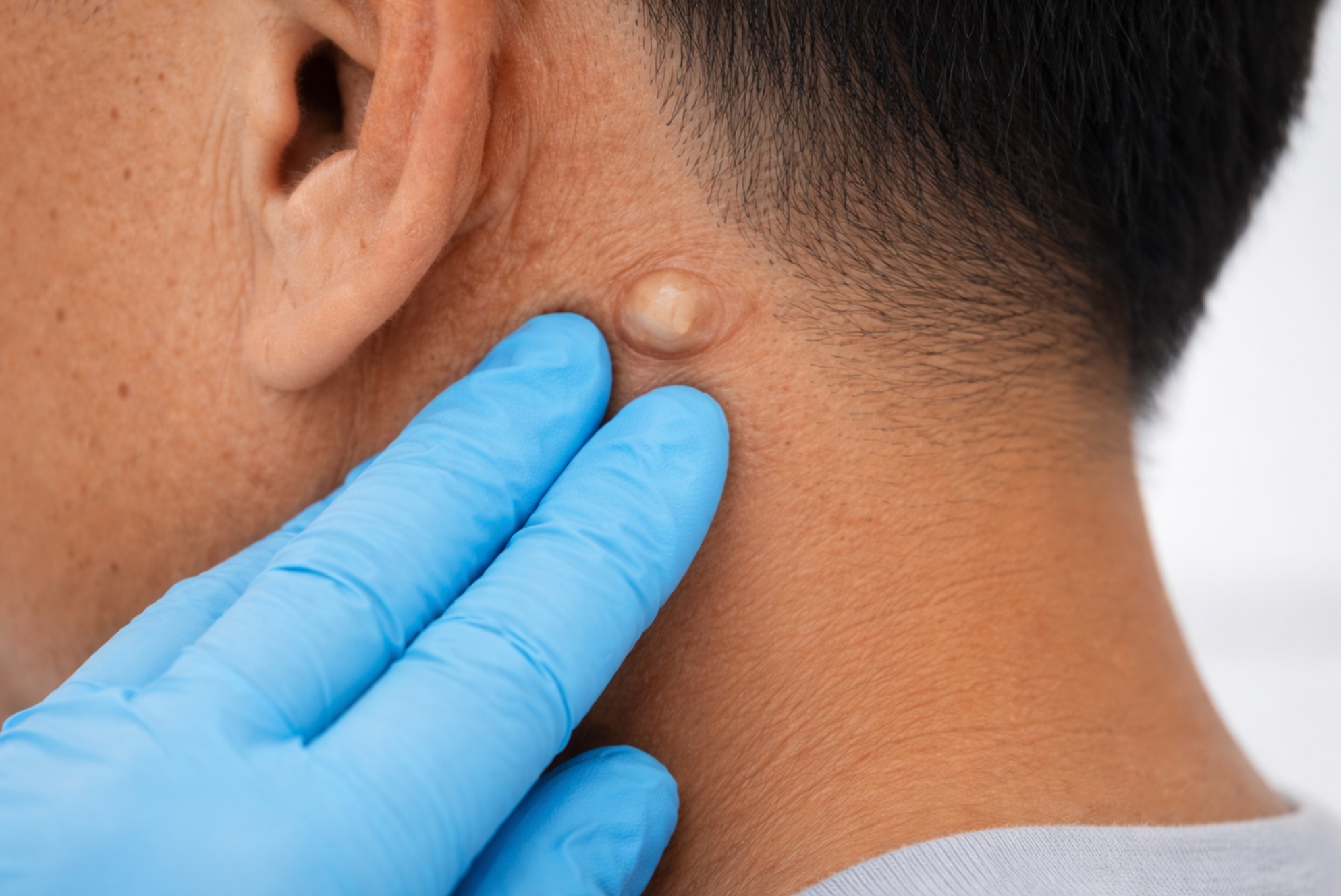
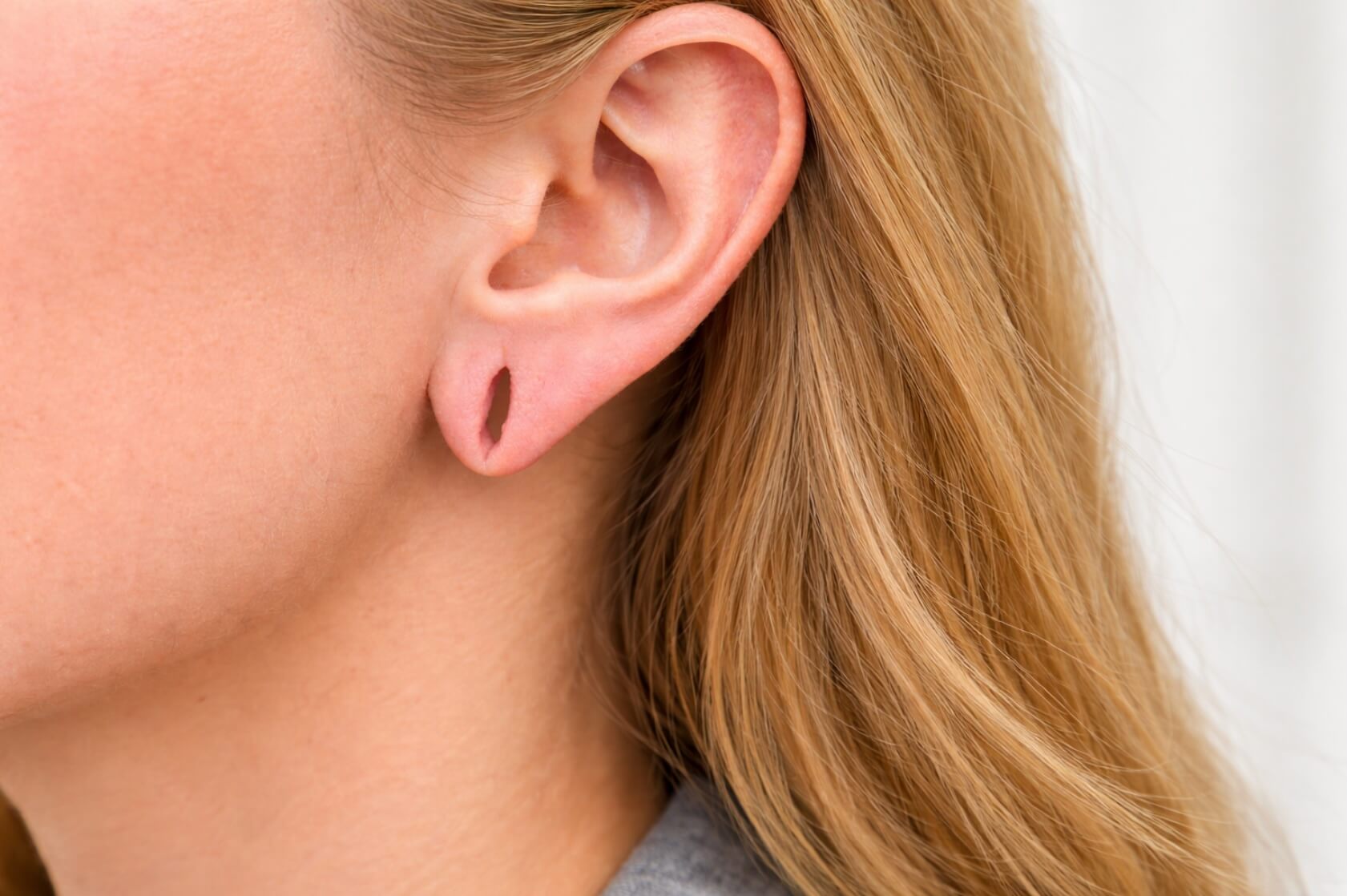


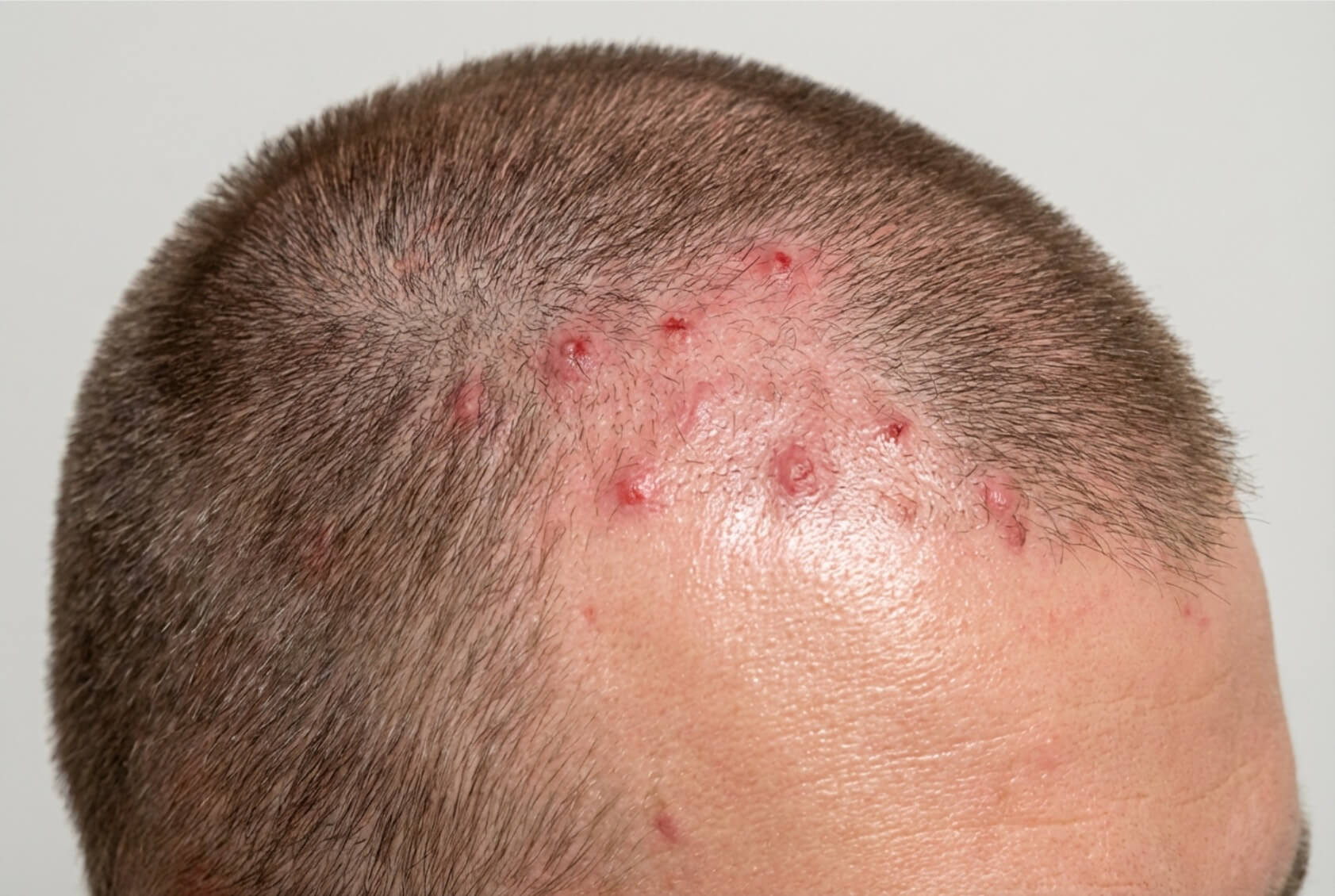
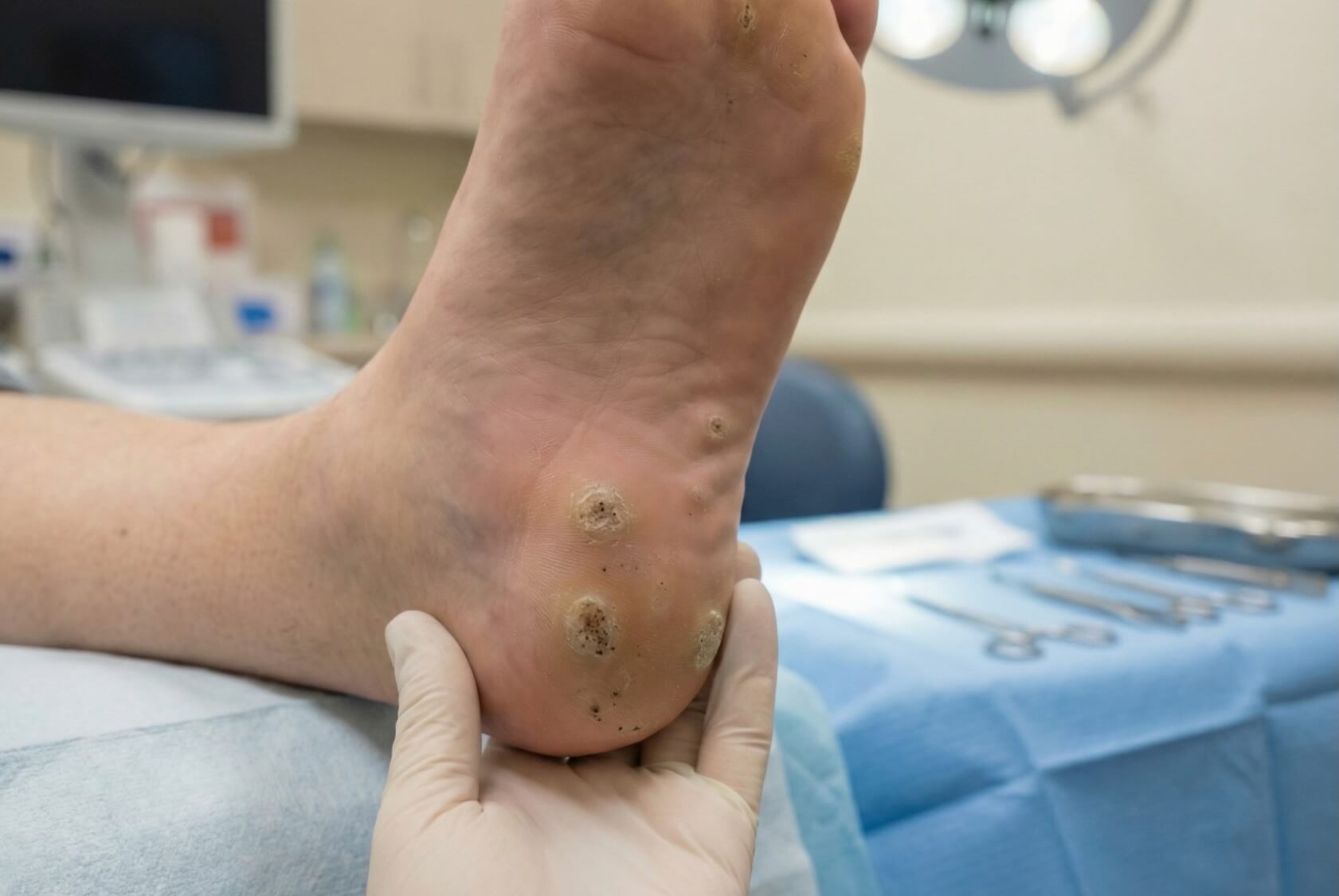
 WHATSAPP
WHATSAPP